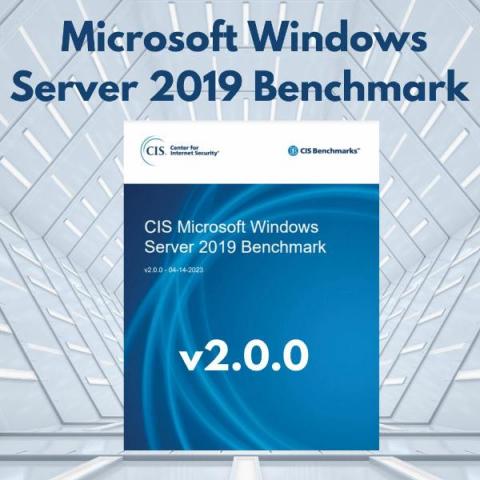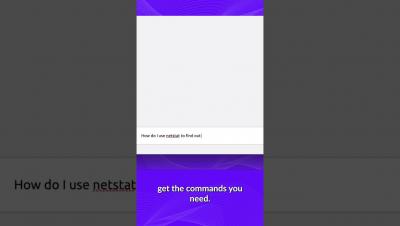Security | Threat Detection | Cyberattacks | DevSecOps | Compliance
DevOps
CIS Critical Security Control 4 Explained
Webinar - Solving the Secrets Management Puzzle
CISO advice - building a comprehensive secrets management program
Mend.io + Jira Security: Doing DevSecOps Better Together
We hear a lot about the urgency of transition from DevOps to DevSecOps, and with good reason. The ongoing rise in cyberattacks across the software supply chain, coupled with a shifting regulatory landscape, highlights the growing urgency of improving application security. But it’s one thing to recognize the importance of integrating security into the software development process, and another thing to actually succeed at doing so.
How Namespace-as-a-Service Enables Self-Service Kubernetes Recovery
Kubernetes has become the de facto standard for container orchestration and management, providing a powerful platform for deploying and managing containerized applications. One of the key benefits of Kubernetes is its support for namespaces, which allow users to isolate groups of resources within a cluster, providing a level of isolation and resource allocation for different applications or teams.











